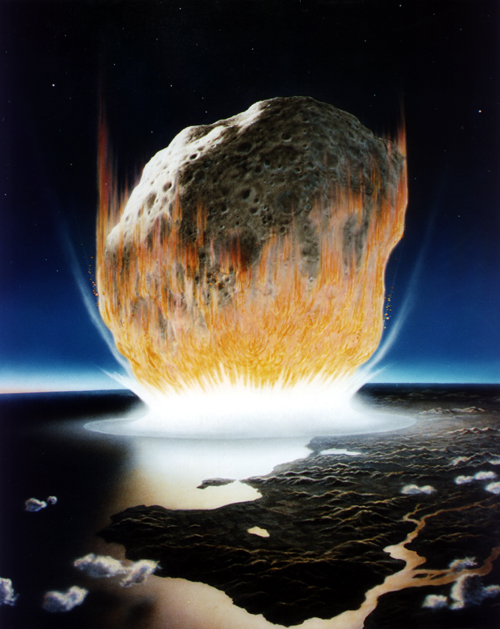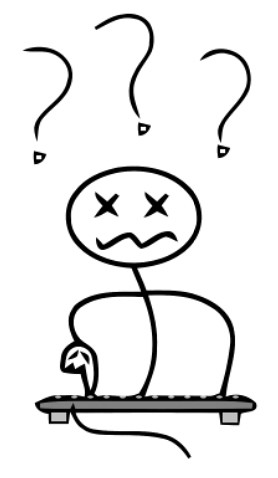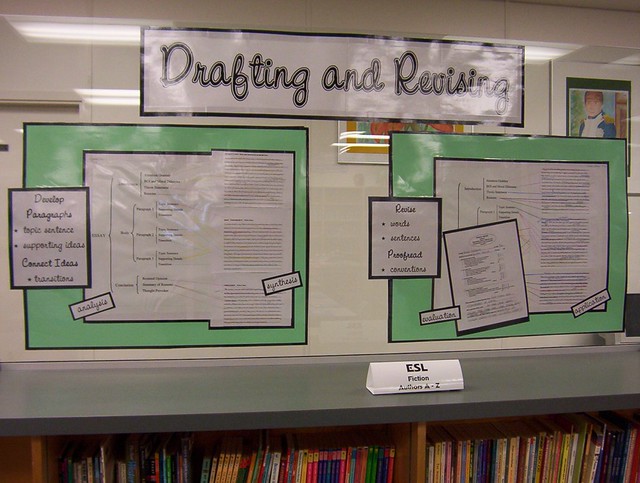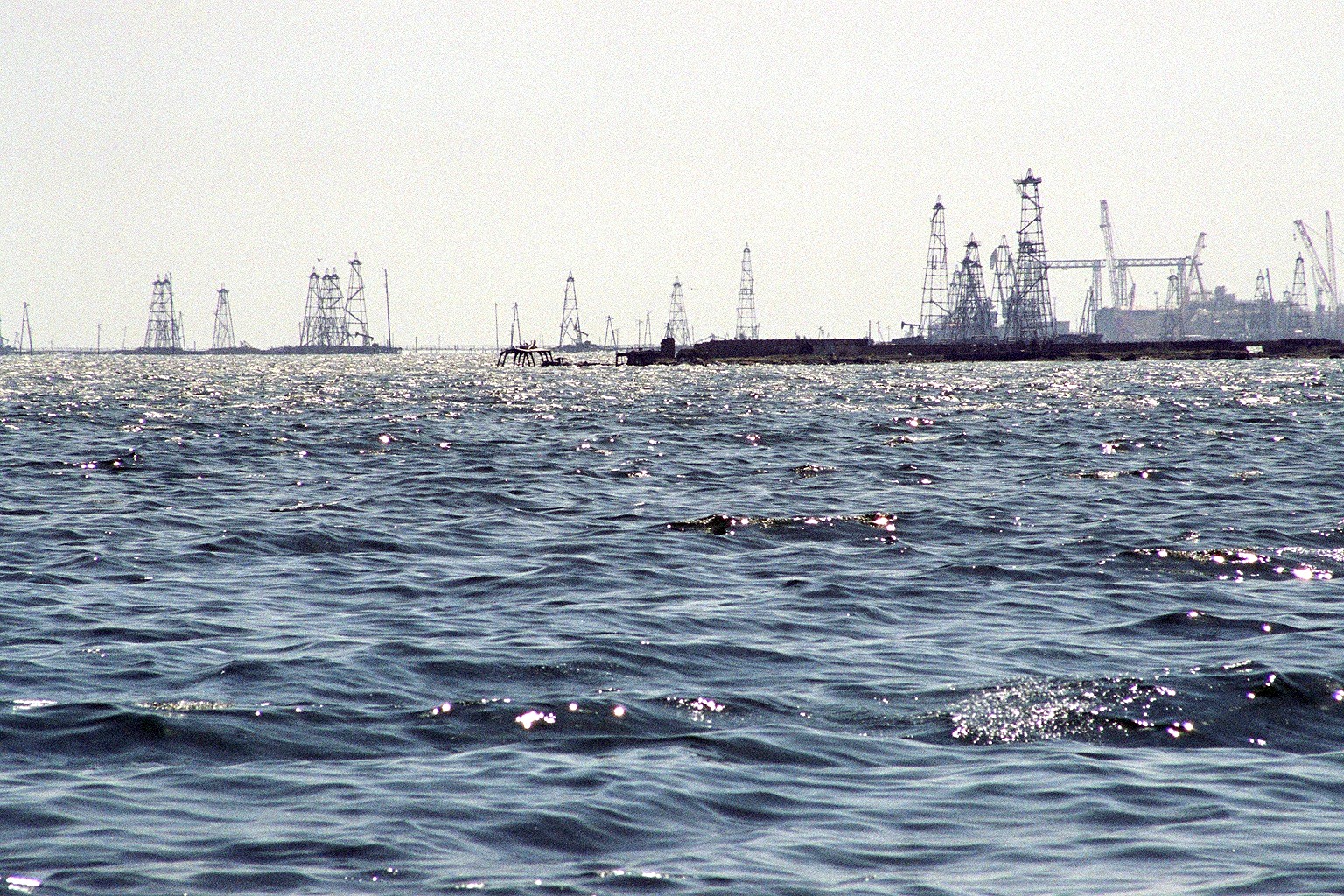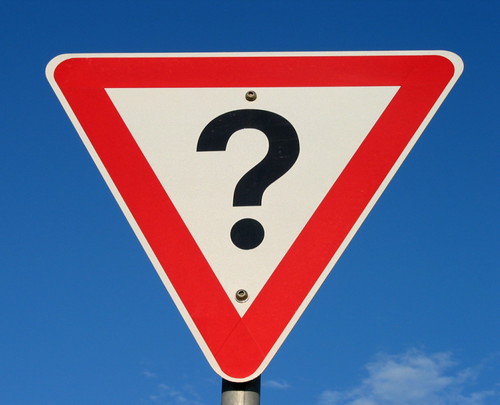In this blog post, I will be answering questions from
Student's Guide To First Year Writing about the text I chose to analyze.
Appeals To Credibility/Character
The author of my text used references to credible sources, his public image/info about his expertise, and the acknowledgement of counterarguments to increase his credibility and build the character of the article. If he didn't acknowledge the counterarguments, he would have seemed very biased and therefore not as credible. Since the author is a well known, respected
New York Times author, it would be stupid of him not to have mentioned that somewhere and provided working hyperlinks to other pieces of his related to this topic. It provided background information, referenced credible sources, and played up his image at the same time.
I think the counterargument increased the effectiveness of the article the most. It lets the readers see both sides and then allows them to decide what they want to think about the controversy. In fact, the author ended his article without a conclusive statement/paragraph after the counterargument was presented. So, it shows that he wasn't being biased and wasn't obviously persuading his readers to have the same opinion as him. His opinion wasn't even discussed after the 2nd paragraph.
Appeals To Emotion
Personal stories and the repetition of key words were what the author used to appeal to his readers' emotions. Stories give faces and names to the controversy, making it more personable. The intention of the author was for his readers to sympathize with families that lost some of its members due to the carelessness of some companies using hydraulic fracking, and it was very effective for me at least. Death definitely catches readers' attention, especially death of innocent, average citizens that had nothing to do with fracking.
Keys words that were repeated like safety, environment, and average citizen also were an attempt to catch the readers' attention. All three of these words are either something the reader can relate to being or common values in America today. Personal stories probably had more of an effect on the readers' emotions, but key words did make a contribution too.
Appeals To Logic
Interviews or expert opinions, historical records, and clear transitions between sections of text were all things I recognized in the text. With these tactics, the author is trying to have the readers make sense of the controversy in the easiest way possible. Transitions can make the reader realize what they're reading without having to think about it. Interviews and expert opinions provide more credible insight on the controversy. Historical records provide evidence to back up their points.
These strategies proved to be effective for me when I read through the article. Clear transitions made it a whole lot easier to read and understand while the historical records and expert opinions gave solid evidence to the arguments being made. I think the intended audience would agree with me regarding the effectiveness of these methods.
Reflection
After reading
Carrie Belle's and
Austin's posts, I felt as though authors use a lot of the same rhetorical methods to get to their readers. They both did really well analyzing the effectiveness, but I probably should've included more examples from the text in my analysis. Reading theirs, I wish they would've done that too to provide more context to what they're analyzing.

